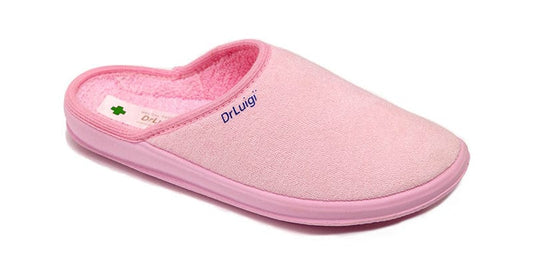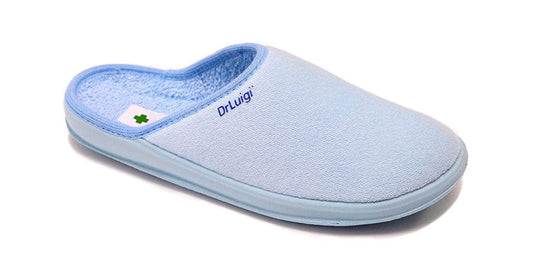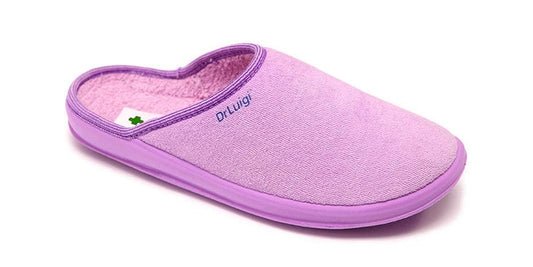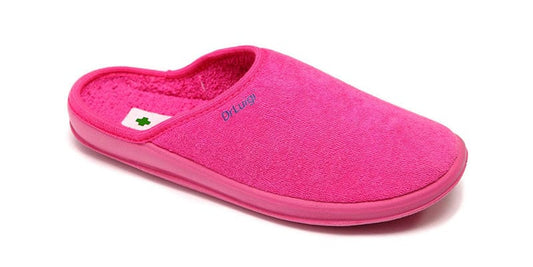It can get quite cold very quickly, and some people are more sensitive to the cold than others.
This makes frostbite far too likely to occur. Even a minor type can be uncomfortable, and excessive forms might have negative effects. What you should know is as follows…
What is frostbite?
Acute cold-related damage to the skin and subcutaneous tissue is known as frostbite. After prolonged exposure to extreme cold, damage happens. Frostbite only happens when the ambient temperature is below 0 °C, even though local tissue damage can happen in some cases at temperatures above zero. The extremities of the body—the nose, ears, fingers, hands, and feet—are most frequently impacted.
Frostbite - degrees
Three degrees are assigned to frostbite:
First degree: a minor form of skin irritation when there is no skin damage, numbness, and pain from the constriction of blood vessels.
Second degree: The previously crimson skin turns white or pale, blisters form, and the skin feels warmer.
Third degree: all layers of the skin, including the underlying tissues, are affected; the skin turns white or blue gray; the feeling of pain and cold is lost; there are blood blisters; and the affected joint is immobile.
Symptoms
On the skin, the initial changes appear as hardness, pallor, subsequent redness, and a bluish hue.
Usually, the affected area is less sensitive to touch, however there could be really bad pain. The abrupt end of the cold sensation is a good indicator that the freezing process has started.
Reversible damage initially develops into irreversible harm.
Although other elements, such as the general state of the peripheral circulation, the level of air humidity, wind, etc., can have a considerable impact on the outcome, the rate of development and severity of frostbite are mostly dependent on the amount of cold and the length of exposure.
These elements all influence whether frostbite is deep or superficial. Blisters filled with clear liquid start to form after several hours or even two days in the case of superficial frostbite.
Subcutaneous tissue, occasionally muscles, tendons, and bones are affected by deep frostbite. On the skin's surface, blisters filled with red liquid are visible.
Frostbite left untreated typically progresses to infection and gangrene.
Frostbite is a limited form of cold injury that is frequently accompanied with general body cooling (hypothermia, hypothermia). For this reason, it's crucial to treat any general hypothermia symptoms before determining if a person has frostbite or hypothermia concurrently. If patients continue to walk, tissue maceration may develop in the foot, which is first pallid, sweaty, and
numb.
Heating induces hyperemia, pain, and frequently hypersensitivity to light touch, which lasts for 6–10 minutes and may result in skin ulceration or the development of a black eschar.
Autonomic dysfunction is a frequent condition that can cause sweating to increase or decrease, vasomotor alterations, and localized temperature sensitivity. Dysesthesia and muscle atrophy are both possible and may persist over time.

Immersion By wearing footwear that does not restrict the feet, keeping feet and boots dry, and constantly switching socks, foot can be avoided. Heating by immersion in 40–42 °C warm water and sterile wrapping include emergency care.
Prevention
Be mindful of factors that can cause frostbite, including extremely cold temperatures, wet shoes and clothing, strong winds, and poor blood circulation. Tight clothing or shoes, certain medications, smoking, drinking, and certain diseases that harm blood vessels, like atherosclerosis or diabetes, can all contribute to poor circulation.
Wear fingerless gloves, dress in layers, and wear windproof and waterproof clothes to shield prominent body parts (such as the nose, ears, and hands) from the cold. Put on two pairs of socks for your feet, one pair of cotton and the other wool, then grab a scarf and an ear-covering hat (to prevent heat loss through the scalp).
Avoid smoking and drinking alcohol before a prolonged scheduled stay in the cold. Instead, get enough of rest and eat well. Find shelter or up your physical activity if you find yourself in a severe blizzard to keep your body warm.





